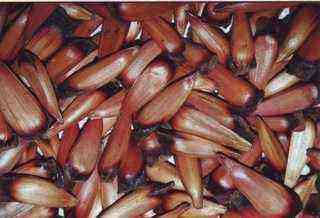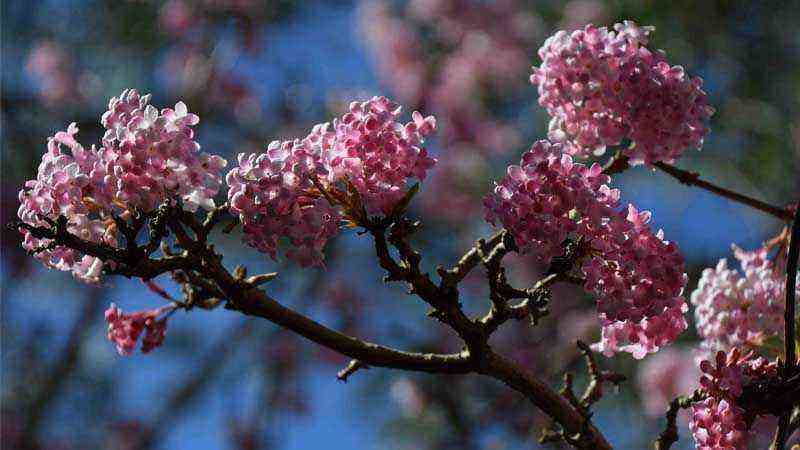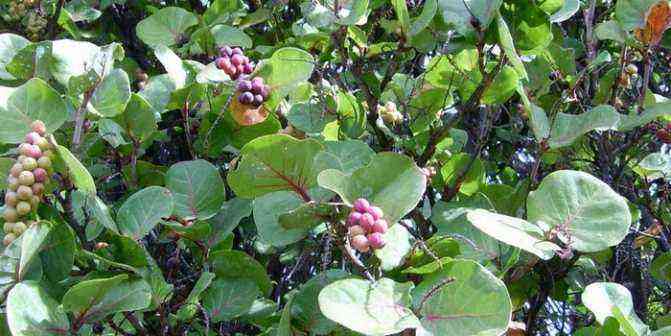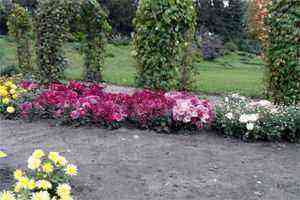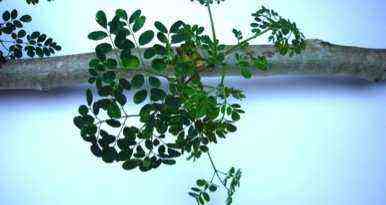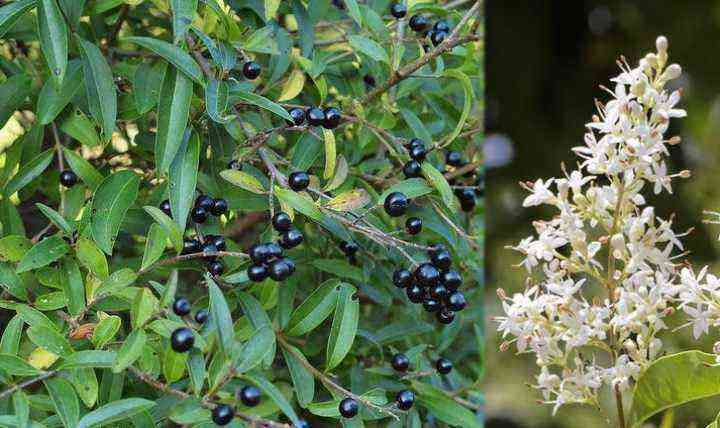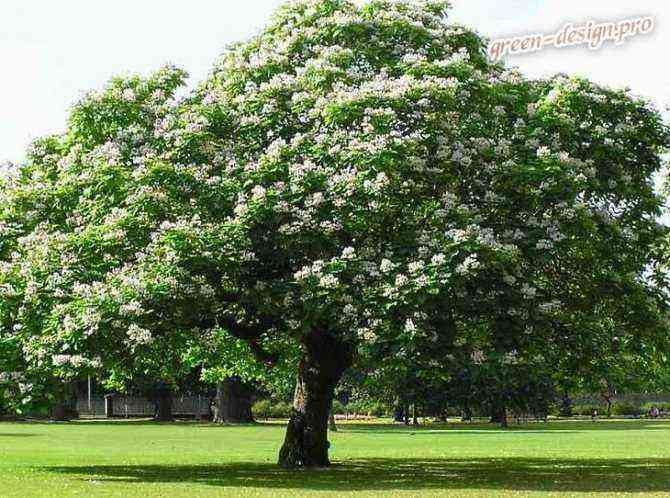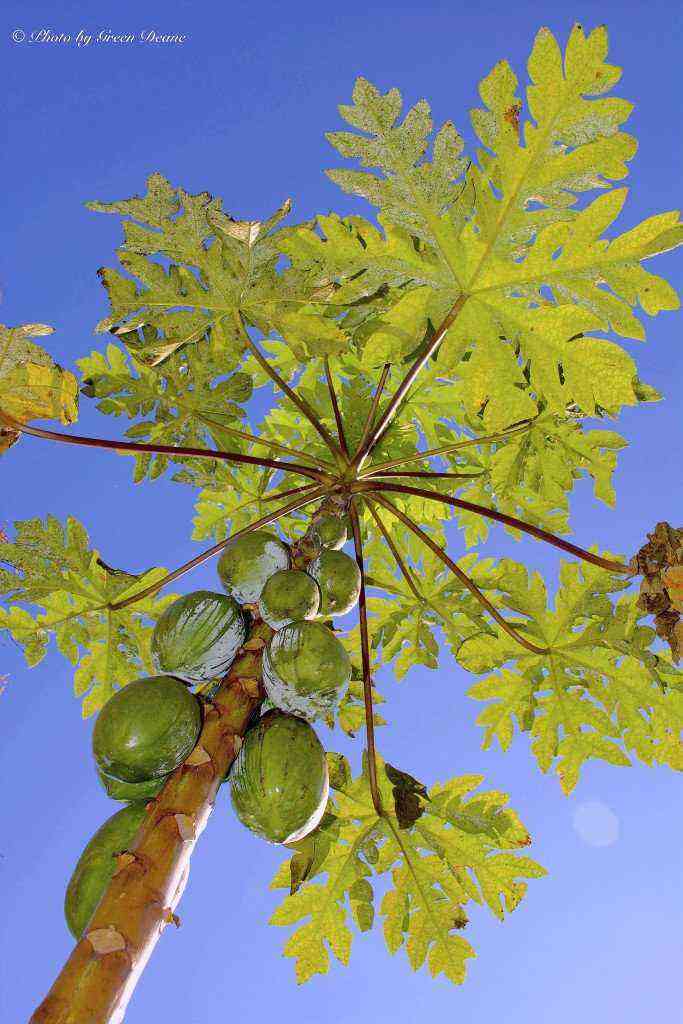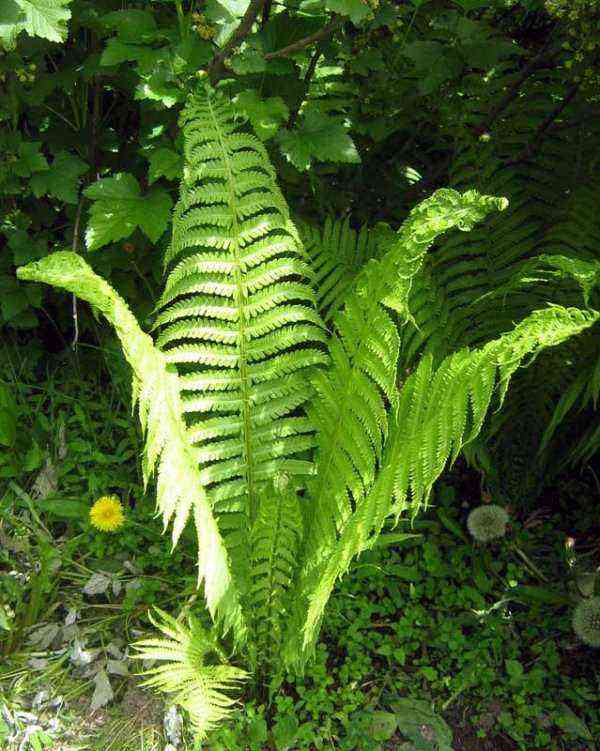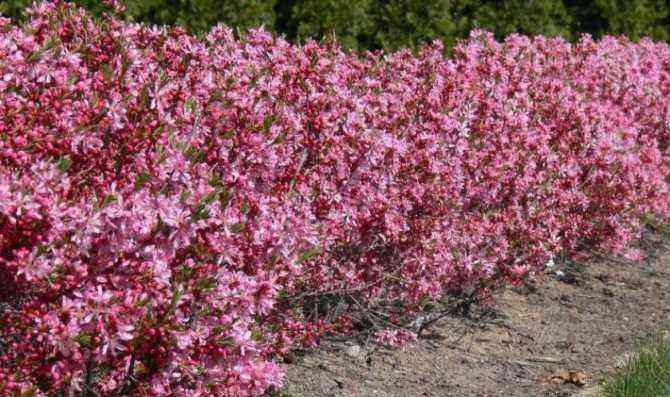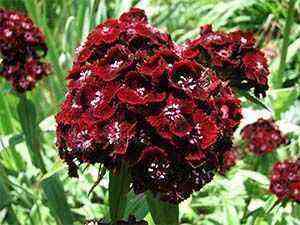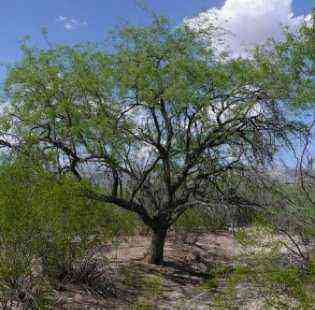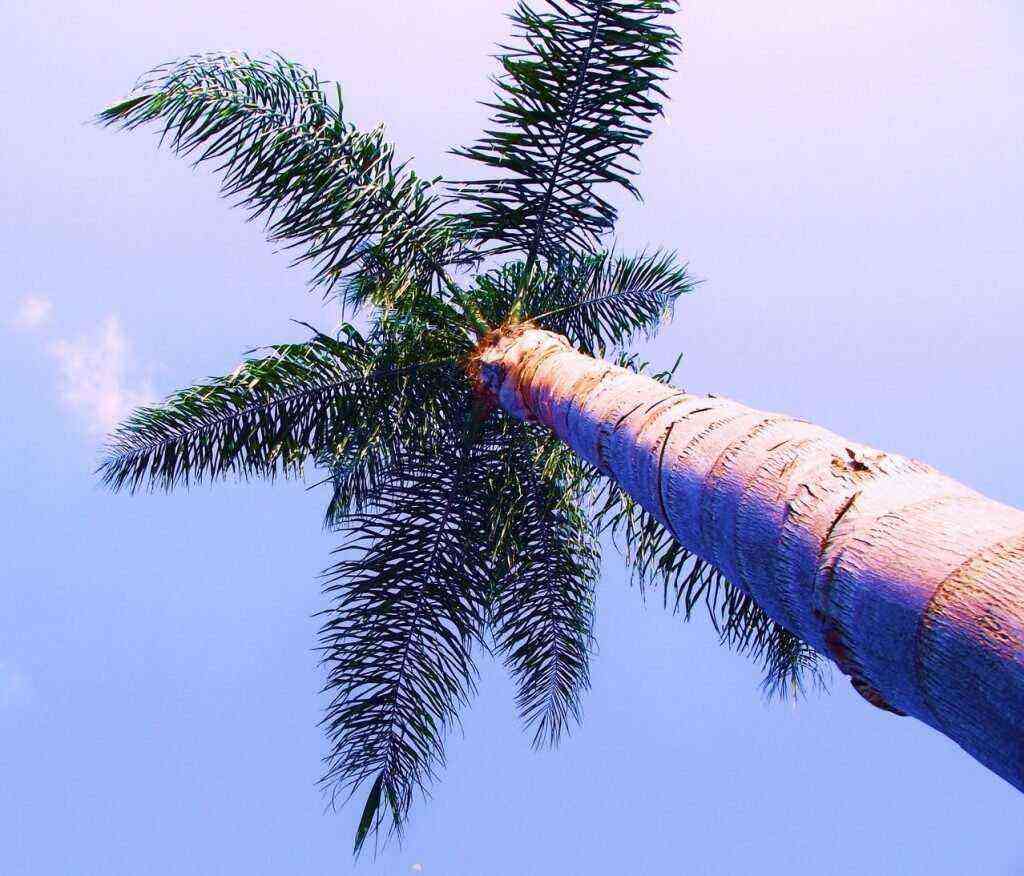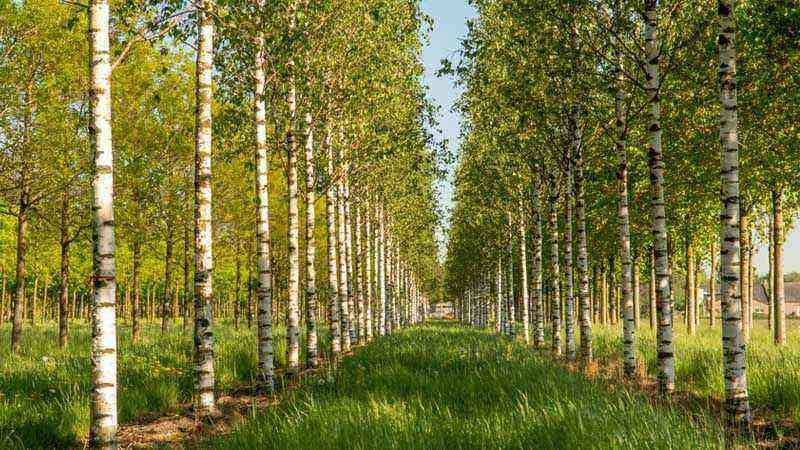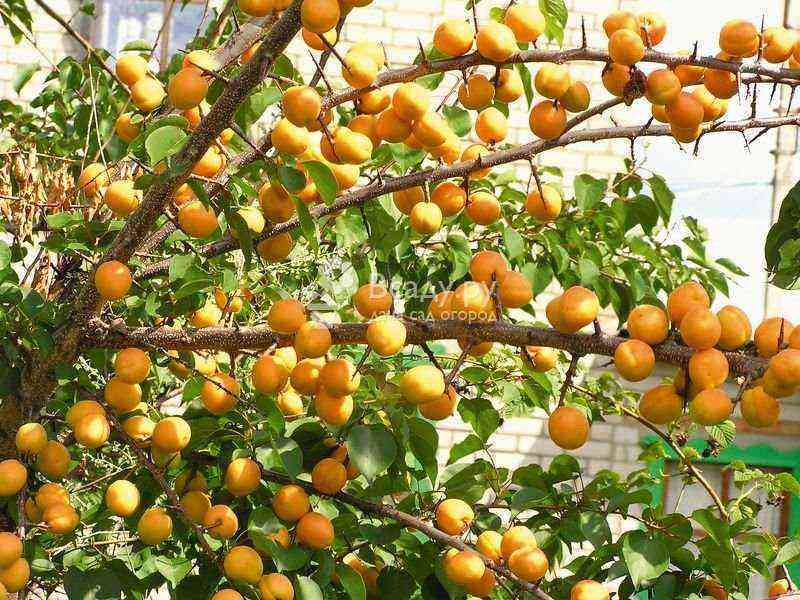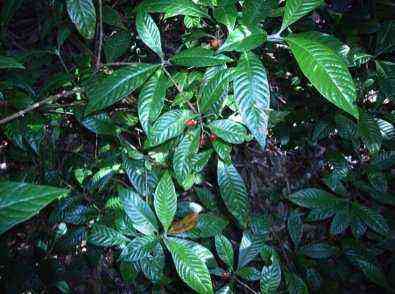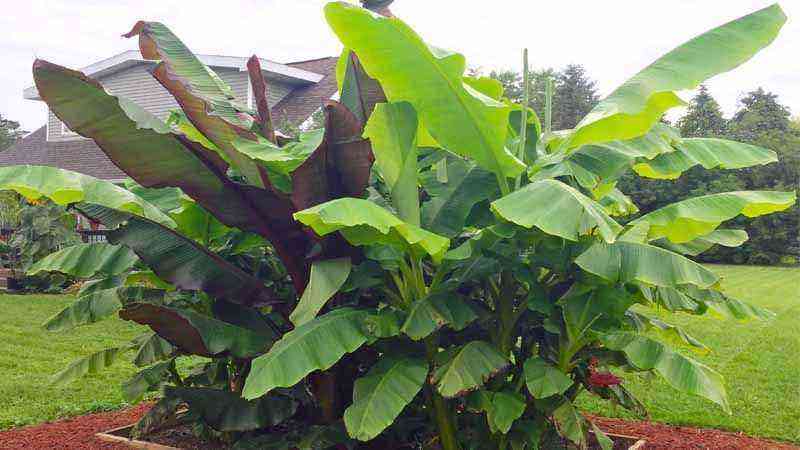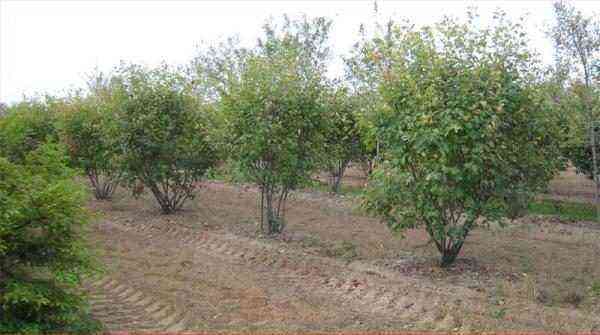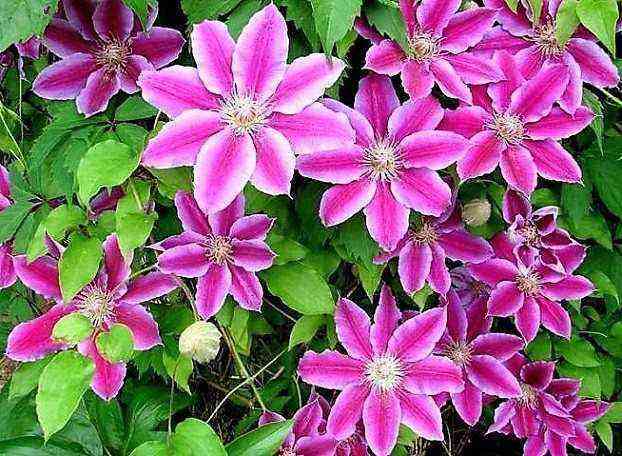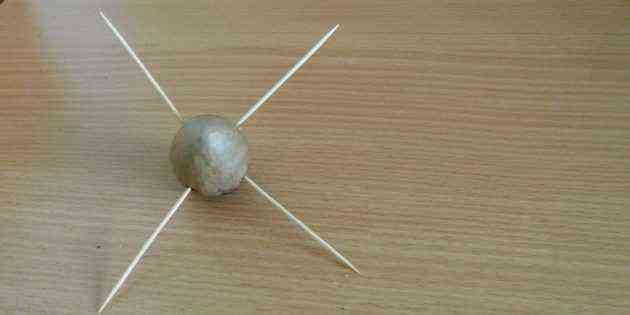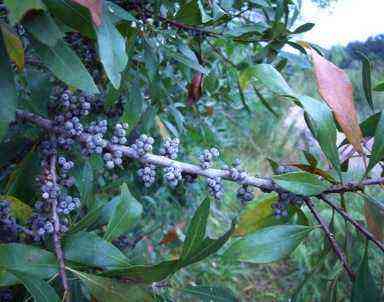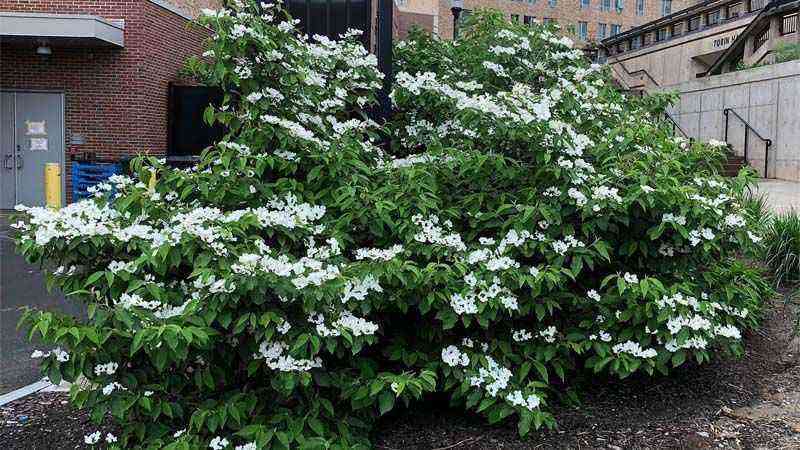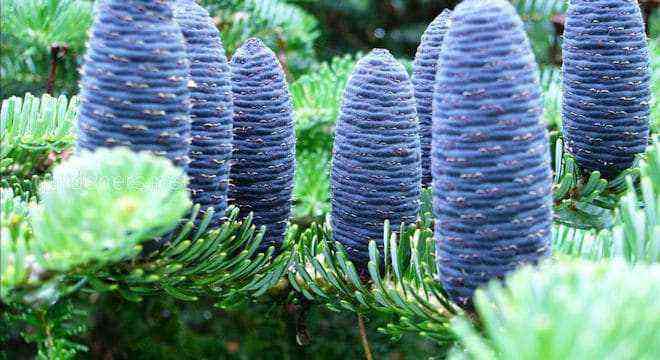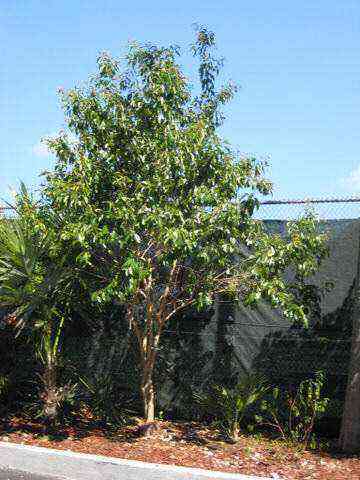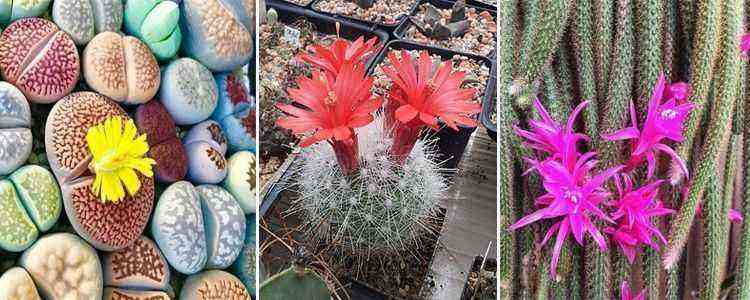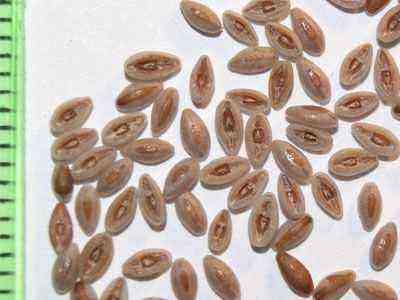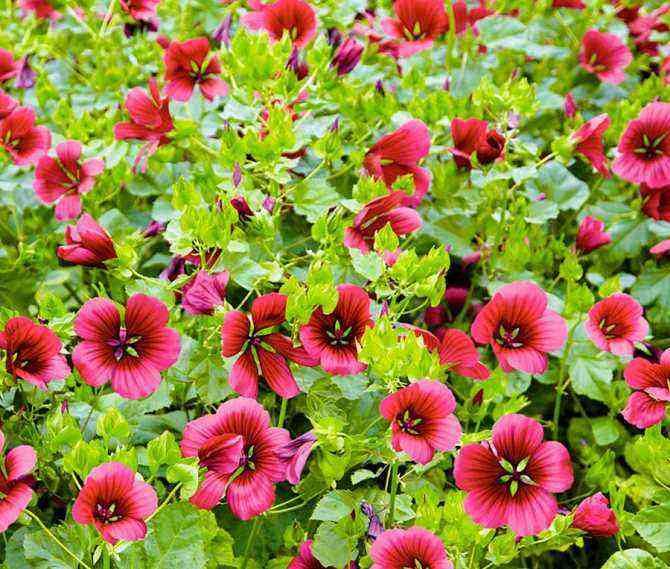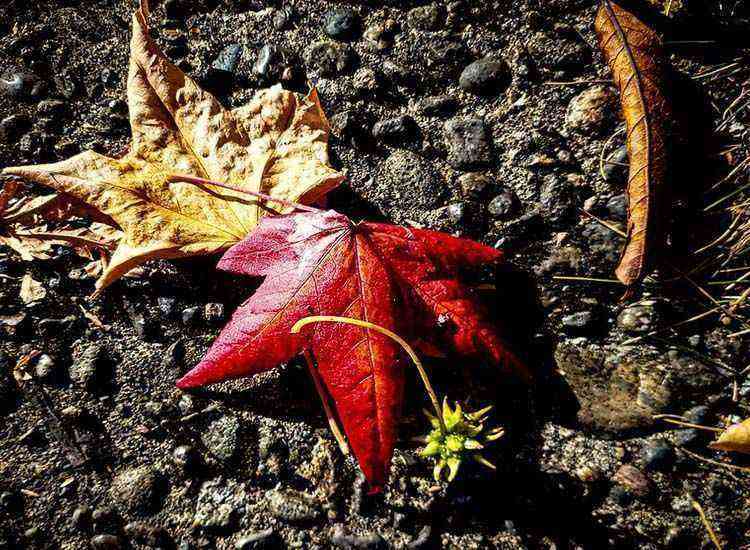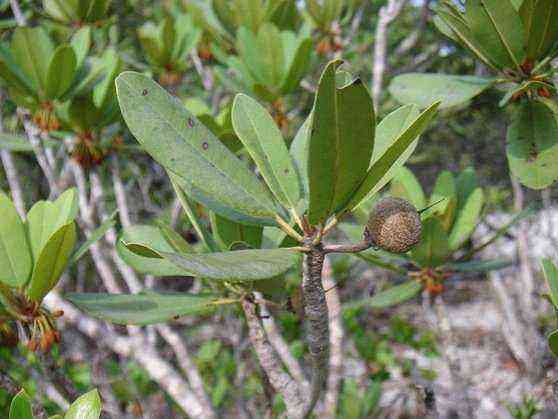When the plant blooms, it is impossible to take your eyes off it, and its impressive bright red inflorescences are a guarantee of future fruits with a tart sweet-sour taste.
The yield from such a miniature pomegranate is small, few fruits are tied on it, but all of them reach at least 5 centimeters in diameter and, in addition to taste, also have useful properties that are part of the so-called “apple”.
Description of the plant
In the photo of a homemade pomegranate, oblong leaves with sharp tips are visible. The portrait of a native of Asia Minor complements the brown with a light shade with branches, there are thorns on the branches.

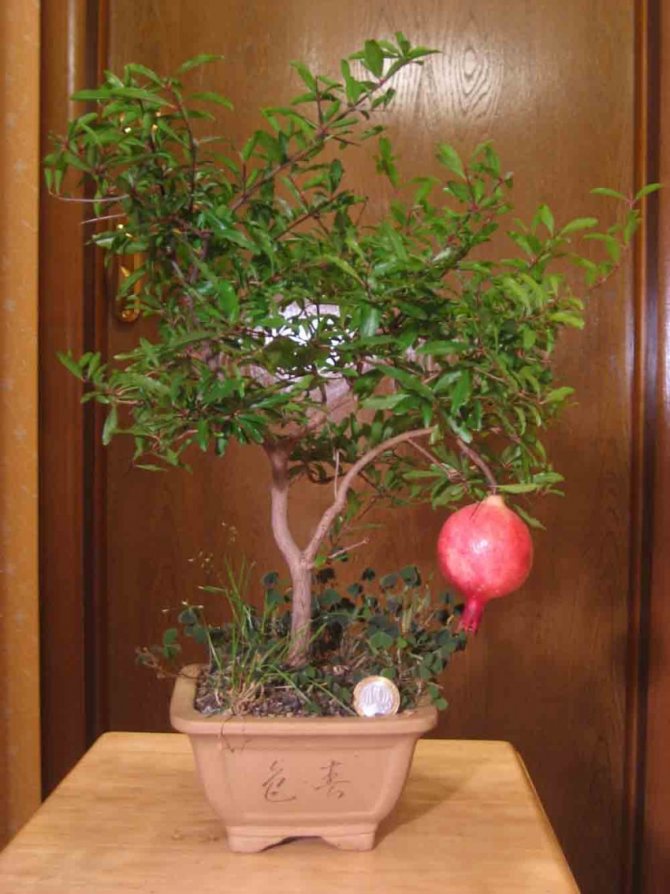
The pomegranate flower boasts an unusual shape, around the red perianth there are petals covering it, their colors vary: scarlet, yellow and white, it all depends on which variety it is.


Home pomegranate “changes the apartment”
Pomegranates are transplanted in the spring, when the tree has woken up, it grows foliage and strengthens its root system.
Important! Adult pomegranates like the roots to feel tight, fill the space of the substrate. In this case, the tree will bloom and bear fruit better. In a voluminous pot, home pomegranate builds up the root system, forms a crown, while blooming worse.
Young plants, especially in the first couple of years, are transplanted every spring, in the future this should be done much less often (recommendations prevail – once every three years).
Transplanting a pomegranate is a straightforward process. The required composition of the soil has already been indicated, but if it is purchased, purchase a universal soil. The main thing is that there is good drainage in the pot. And also – for the reason indicated above, it is better to transplant the plant into a pot, approximately equal in volume to that in which the home pomegranate has already grown.
To do this, with a sharp knife, you should cut off about a third of the old earthen coma, braided with thin roots. Do not be afraid of this, the pomegranate will very quickly restore the root system. You need to trim from the sides and bottom, without affecting the powerful roots at the top of the pot. The topmost layer of old soil is also removed, you can even use a regular tablespoon as long as the roots allow. This top layer needs to be filled up with new, nutritious soil.
girl
The height of this representative is 1 m, it looks like a garden pomegranate, but its size is much smaller, the leaves are small, and the flowers with fruits are small.
Tips for growing pomegranate from seed
Growing plants is not easy: every seedling requires attention and care. To simplify your task, you can study the recommendations of experienced gardeners, who have been convinced of the effectiveness of certain methods of care.
- Before planting, the seeds must be soaked in water, not moistened seeds will crack and will not sprout.
- The seeds removed from the fruit must be ripe. They must be peeled from the pulp before soaking.
- Place the seedling pot on the north window, but do not block out the light. Pomegranate does not like the scorching direct sun, but needs good lighting.
- Feed the plant with mineral fertilizers, this will help it grow stronger.
- You can take out grown seedlings outside directly in tubs, but the temperature outside should be at least seventeen degrees.
- If there is not enough light in your house, supplement the plant with phytolamps. Lack of light can lead to leaf fall and discoloration.
- Do not forget to evenly moisten the soil, but the water must not be allowed to stagnate.
- All plants are prone to disease, so you need to be careful when choosing tools for caring for plants and do not put newly purchased plants next to old-timers until the end of quarantine at thirty days.
In order to avoid mistakes in care, gardeners recommend reading specialized forums where you can find the answer to any question and get help in case of tree disease.
Uzbekistan
It grows up to 2 m, the variety is higher when compared with the above dwarf representatives, its red fruits taste sweetish-sour.
You can experiment – try planting a garden pomegranate by planting a seed from a fruit that is sold on the market. It will not be an exact copy of the one you like.


This pomegranate in indoor conditions will differ from that grown in the open field, it does not give a rich harvest, it is difficult to find all the parental signs: the pomegranates that can be found on sale are hybrids. Planted in the garden, the subtropical shrub rises 5 m, in the room it is much lower – about 1 m.

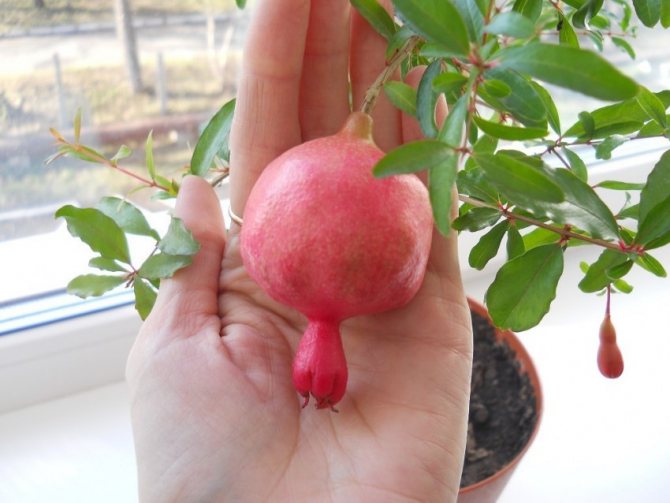
In dwarf ornamental plants, the leaves do not fall off with the onset of cold weather, so they look elegant at any time and resemble an ordinary pomegranate in miniature.
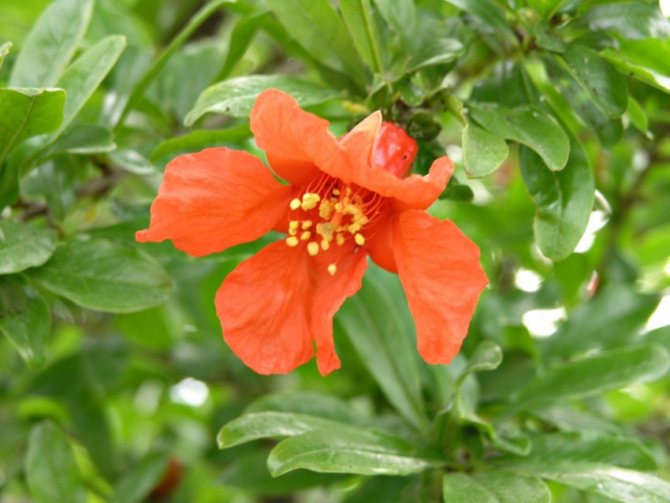

Does pomegranate bear fruit
Pomegranate grown from seed bears fruit. It doesn’t matter what kind of tree you grow, if you create good conditions for it, it will bloom and bear fruit. The quality of the fruit will depend on what the tree is grown from. If store seeds are used, the grower is likely to have small, sour fruits. Propagation by cuttings can produce sweet pomegranates. Separately, it should be said about the dwarf tree: it also bears fruit with miniature berries and can be eaten. For one bloom, a dwarf pomegranate will produce up to ten miniature berries.
The problem with pomegranate is the ripening of the fruit. At home, they are collected in October, sometimes later. In Russia, by this time, snow often falls and the crop may freeze. Therefore, for a tree planted on the street, you will have to create conditions. If this is not possible, it remains to count on the mercy of the weather. A dwarf pomegranate will be able to mature with sufficient light.
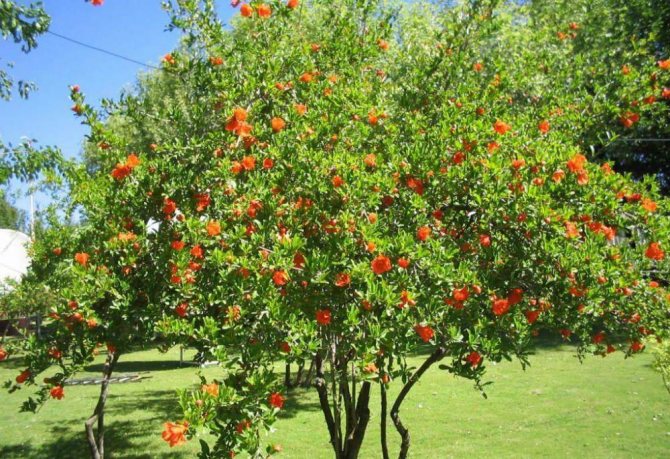
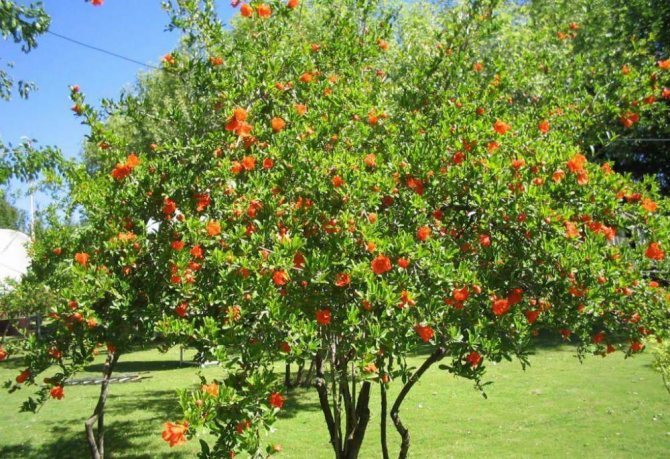
Flowering and fruit setting
Pomegranates bloom for a long time – from April to the end of August, the flowers are distinguished by their beauty and unusual shape. There are 2 types of flowers:
- The pitcher-shaped ones have long pistils, from which fruits are subsequently formed.
- Bell-shaped ones have short pistils, and they do not form fruits.
There are much more flowers of the latter type – 90% of them are fruitful compared to 10%, pomegranate flowers are self-pollinated. Their sizes vary, their diameter is 2 cm, and their length often reaches 4 cm.
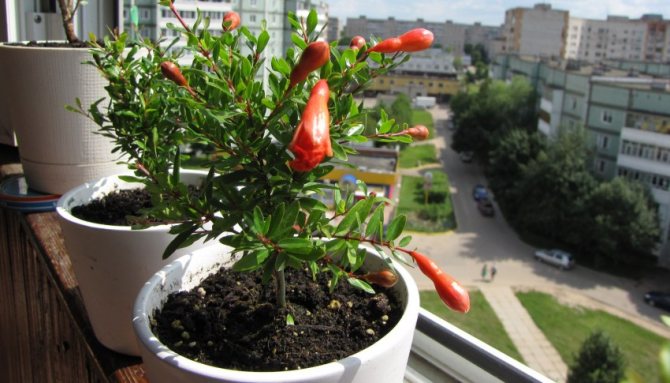
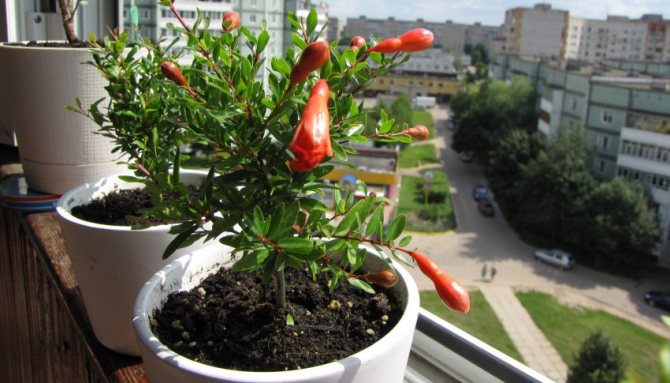
If the flower is sterile, it quickly fades, the life of the fruitful lasts from 6 to 10 days.


The small fruits of the dwarf pomegranate begin to set in the fall after the end of the flowering period. Edible fruits come in a variety of colors, ranging from orange to deep red, with a thin rind, and sour.
Conditions favorable for the life of an indoor pomegranate


It is characteristic that many sources claim that the pomegranate is a completely unpretentious plant, while others indicate the complexity in its content. Apparently, the truth is in the middle.
The most important thing for a pomegranate is sunlight. This plant adores the sun, especially during the period of growth and fruit setting (and this is from early spring to mid-autumn). Only young specimens should be shaded from the hard rays of the sun, it is useful to keep adult plants on balconies all summer long.
Important! With a lack of light, the pomegranate will hurt, and will practically refuse to set the fruit.
Pomegranate copes well with dry and hot air, although, of course, it is better not to overdry it too much. The ideal temperature in spring, summer and early autumn is from +22 to + 26 ° C. When the fruits begin to ripen, and this is usually the middle of autumn, it is advisable to lower the temperature by five degrees. But if this is not done, nothing terrible will happen to the plant.
Being a subtropical plant, pomegranates shed their leaves for the winter. Domestic pomegranate loses them only partially, referring to the so-called semi-deciduous plants. Therefore, in winter, he should be given a rest period, with temperatures from +5 to + 10º.
Homemade pomegranate can be content with poor soil, but it will develop slowly. For successful growth, he needs a well-drained soil that does not allow moisture to stagnate in the pot. It usually includes leafy and sod land with the addition of humus and coarse sand (all components are taken in approximately equal proportions). With age, the percentage of sod land can be increased by reducing the amount of leaf.
Growing – planting seeds or cuttings
Fresh seeds are buried in the ground 1 cm from the surface, it is recommended to plant in winter in the last 2 months. Home care is not difficult: it is important that the soil is moist, then shoots will appear in 14 days.


The leaves grow after 2 months, the weak seedlings are removed, the rest are planted. At the end of spring, they are taken out of the room, a shed is erected for them, or containers with seedlings are placed under the trees.
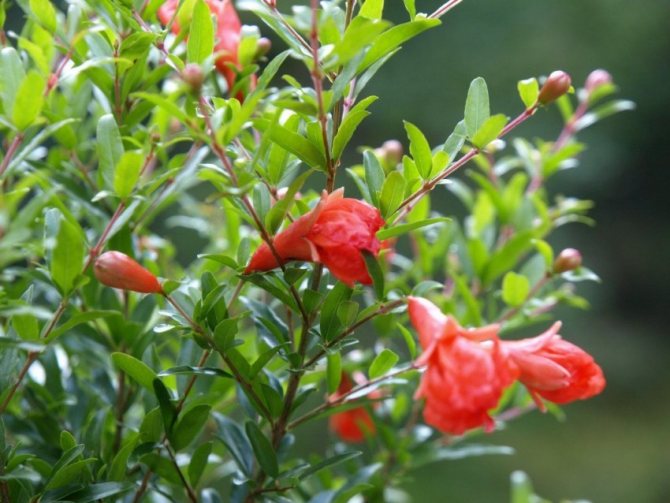

Cuttings are carried out in July and February, cuttings are selected that have 4 internodes, it is recommended to carefully process the sections with a special root stimulator.
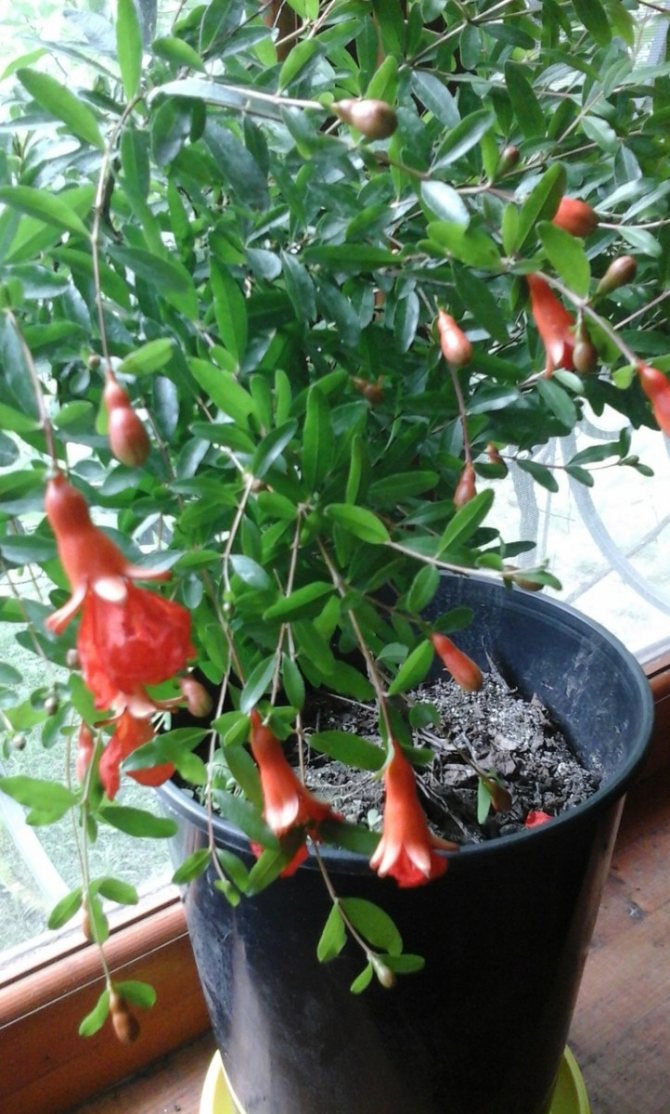
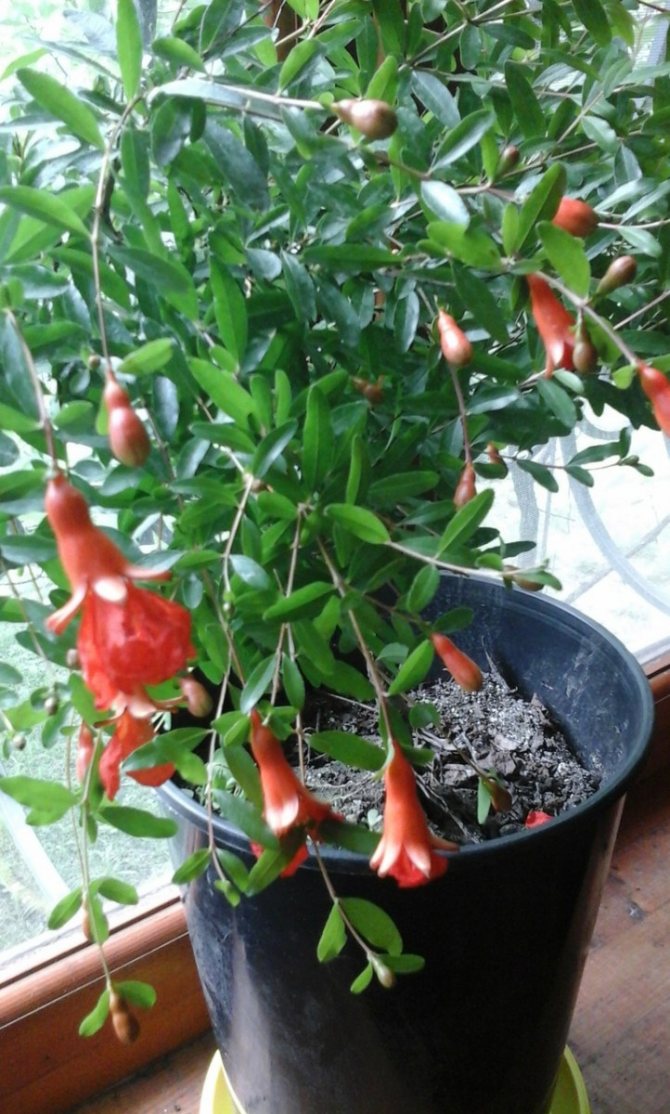
Cuttings root well not only in water, but also in a substrate, which is a mixture of peat and sand in equal amounts; peat tablets are also used for rooting.
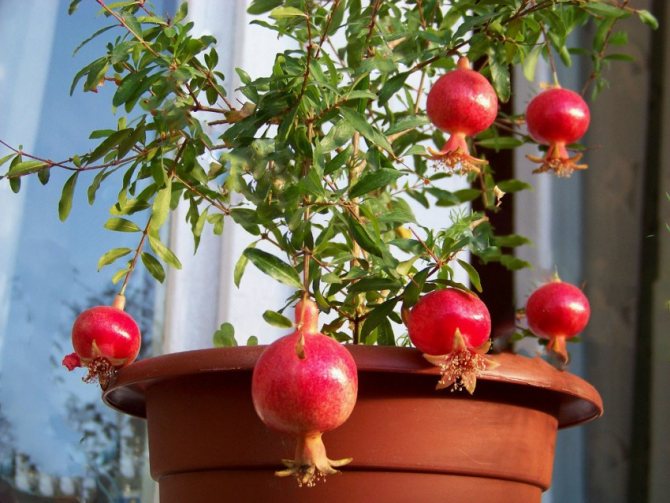
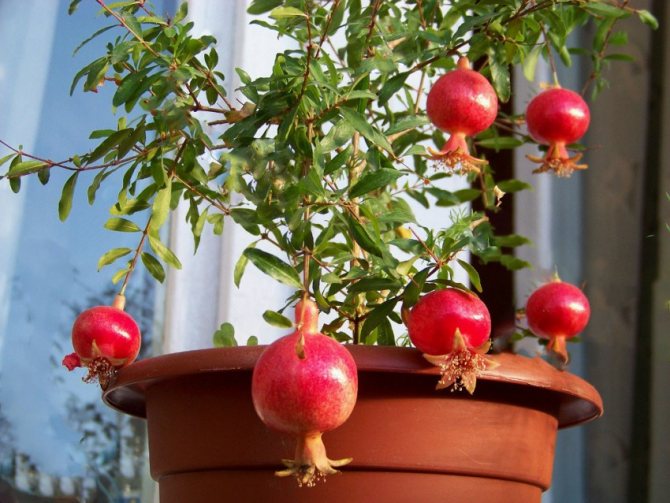
The cuttings are placed in the ground at an angle of 45 degrees, they need to be buried by 2 or 3 buds, the container must be closed on top with a transparent film, but every day it must be removed for a short time in order to ventilate.

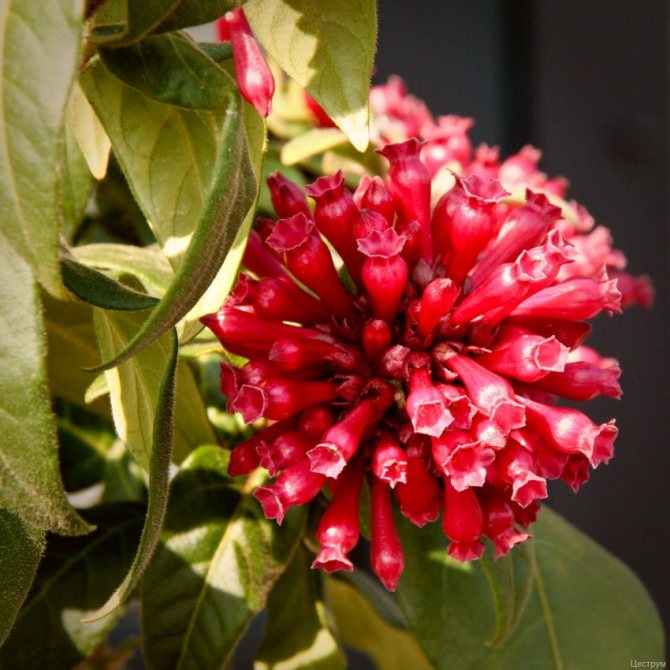
The roots will appear after one or two weeks, and the rooting process will be completed in a month. The film can be removed as soon as new buds appear on the cuttings; it is important not to allow the soil to dry out or become waterlogged.
Taking care of an adult tree
It may take a pomegranate about eight months from the moment of germination to become a mature indoor tree. After that, it can already be treated like an adult plant.


Adult pomegranate
- Transfer to a room with a temperature of + 20ºC, that is, a tree can live in any room at normal room temperature.
- It is advisable to keep the light intensity and the amount of direct sunlight, at least until the plant blooms.
- The pomegranate still needs regular ventilation.
- Watering can be reduced to once a week.
- To see the pomegranate bloom, he will need top dressing.
- In winter, the pomegranate should shed its leaves and have a dormant period.
Winter rest
The tree can bloom nine months after germination. It starts and continues in the summer. The flowers are formed in two varieties. The one that looks like a jug is bisexual and sets a fruit. Bell-shaped is sterile.
After flowering, if the fruits are set, they will ripen during the fall. Then the tree will definitely shed its foliage, signaling that it is time for it to plunge into peace.
Advice. Do not stimulate the growth of pomegranate in winter. It is necessary to create comfortable conditions for him to relax. Otherwise, the plant will quickly deplete and eventually die.
To give the grenade a rest, in winter it should be moved to a room where the temperature does not rise above + 12ºC. Watering is reduced to twice a month. All feeding is stopped. The tree should be at rest for two months.
The fact that the dormant period is over, the pomegranate will make it clear with the appearance of new leaves. After that, it must be returned to its original premises, intensively watered and fed with organic matter.
Spring awakening
Features of watering
When watering, it is necessary that water is delivered only to the root. It is best to use a small, narrow-nosed watering can.
Important! Watering decreases during the flowering period of the pomegranate, increases when fruits begin to form and ripen, and decreases at rest.
Water is always two degrees warmer than the air in the room. You need to defend it for at least a day.
If the room is dry, the humidity rises by spraying the leaves with non-cold water, preferably boiled water.
Fertilization rules
An adult tree over one year old is fertilized every two weeks with a complex organomineral composition. An exception is the dormant period, during which no additional fertilizing is applied.
If the pomegranate is grown not as an ornamental tree, but for fruits that will be eaten, it is fed with mineral fertilizers only until the flowering period. As soon as the tree blooms, feeding with slurry or chicken droppings diluted in water begins.
By the way. Manure and droppings are not the best fertilizers for plants that are grown in an apartment – their smell may not like the rest of the residents. For feeding, you can take out the pomegranate every two weeks for several days on the balcony, especially in the summer.
Transplant Features
From the time of the first transplant of the seedling to the second, a year should pass. It is necessary to consider the following – the larger the pomegranate pot, the more sterile flowers will form on it. The capacity should be chosen tight. It is time to replant after the first year, when the root of the tree braids the entire earthen ball, filling the pot.
By the way. With each next transplant, the capacity increases in diameter, first by two, and then by three centimeters.
After four years, they stop replanting the tree, but every year they remove about five centimeters of the top layer of the substrate in a pot and replace it with a new one.

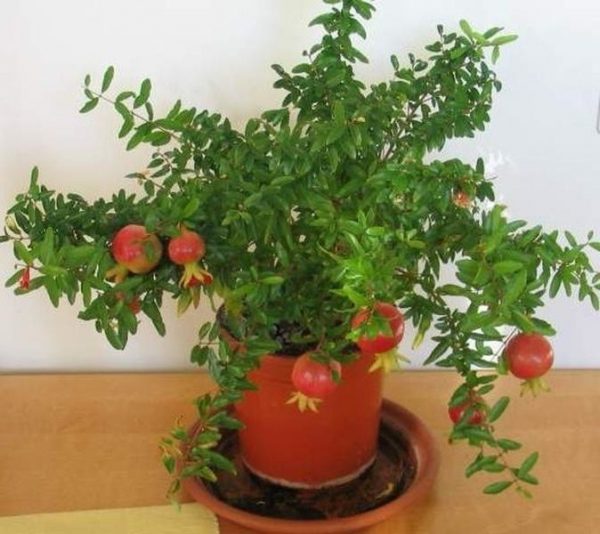
Fruiting
Trimming
This plant bears fruit on young shoots of the current year. Pruning is an important part of pomegranate care. Its crown must constantly be shaped so that it grows in the form of a lush bush or tree with three to five skeletal branches.
On each first, branches of the second order are laid – up to five pieces. On them, the third order of branching is formed, where the formation of fruits occurs.
Advice. It is imperative to cut the shoots under the root if they appear in the pot. Also remove all fat branches and shoots in the inner direction of growth.
After three years, you can start cutting off old branches that are no longer involved in fruiting.

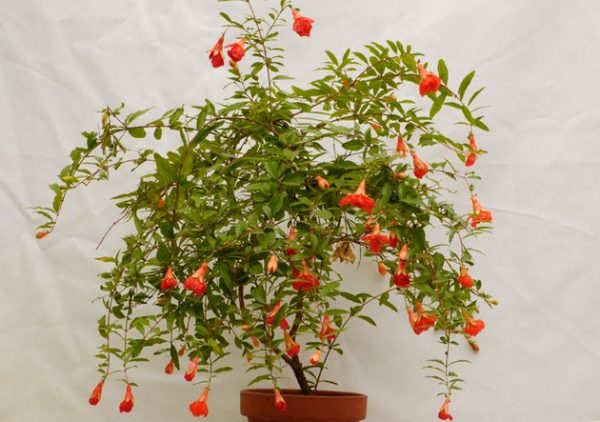
Branches of the third order
Pomegranate in the kitchen
Pomegranate juice is a great addition to drinks and desserts. On sunny, summer days it perfectly quenches thirst, and combined with lemon and mint also invigorates… The seeds are a great addition to light salads. Used in weight loss diets. Sour varieties are used in pies and also as an addition to ice cream. Of the fruits produce grenadinewhich the bartender uses as a syrup for all kinds of drinks and cocktails. In Indian cuisine, dried fruits are used as an additive to dishes.
Worth knowing
Did you know that pomegranate bark is used in veterinary medicine for the production of drugs used in the fight against parasites.
Blooming pomegranate in nature

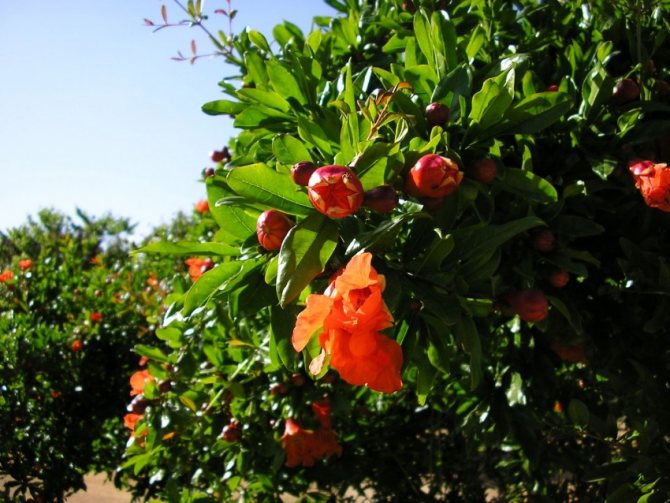
The homeland of the pomegranate tree is Iran, therefore, its habitual habitat is a desert dry climate. The flowering plant culture provides an unrivaled landscape. First, abundant foliage appears, its color can be from tender yellow to bright emerald hue. After a few days, buds appear. This happens from early summer to early autumn. This process is continuous, therefore, on one branch at the same time there may be forming and ripe fruits, their ovaries and unopened buds.
You may be interested in:
Why hydrangea does not bloom, what to do? Hydrangea is considered a perennial plant. Her … Read more …
What the timing depends on
The timing of when and how pomegranate flowers grow depends only on how well the growing conditions are met. In warm regions, this happens in the summer, for example, in Georgia, Abkhazia, Armenia, Azerbaijan, Uzbekistan and Tajikistan, and in the subtropics it can continue throughout the year. When growing in unfavorable climates, provide the plant with artificial light and warmth. But even in this case, only empty “male” flowers can grow, which are not capable of forming ovaries.
How many years does a pomegranate bloom after planting
The initial option for growing a flowering pomegranate is planting a seed. After that, the plant grows and ripens, already for 3-5 years it is capable of flowering and fruiting. When propagated by cuttings, this happens faster, the flowering process appears after 1-2 years, but the first fruits will appear only after 3-4 years.
Popular varieties of pomegranate for home
| Name | Description |
| Carthage, Baby | No more than a meter in height. Similar to common pomegranate, but smaller. Grown for decorative purposes, the fruits are not eaten. |
| Flore Pleno | Grows in Persia, does not yield crops. It grows up to three to four meters. Bright scarlet inflorescences look like carnations. |
| Flowers are white | Similar to Flore Pleno, but with snow-white flowers. |
| Double Flower | In one inflorescence there are petals of various shades: reddish, pinkish, snow-white. They are monochromatic or with stripes, interspersed. |
The Socotran pomegranate grows in the wild and is not kept at home. The homeland of the shrub is Socotra Island. The plant has abundant branching, small pink flowers, small fruits and rounded leaves.
Friends! As part of our portal, we launched a book on how to make a lawn with your own hands. If this topic interests you, then READ MORE >>
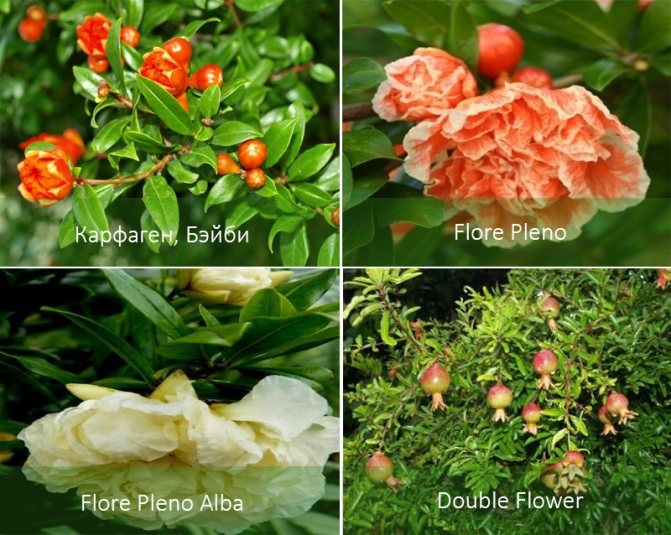

Pests and diseases
Indoor pomegranate is rarely affected by pests and diseases. But if the growing conditions are not followed, the plant’s immunity decreases.
Possible problems:
- Powdery mildew. The provoking factor of development is high humidity and temperature. When damaged, pomegranate leaves are covered with a white bloom, which later becomes brown. As a result, photosynthesis is disrupted, which leads to premature leaf fall. For treatment, it is recommended to spray the plant with the preparation “Skor” or “Topaz”.


- Shield. The pest feeds on plant sap. It can be found on the shoots and on the back of the leaves. The pest looks like small brown bumps that can be easily removed with a fingernail. When defeated, the growth of the pomegranate slows down, and it looks depressed. For destruction it is necessary to use the preparation “Iskra Zolotaya”.
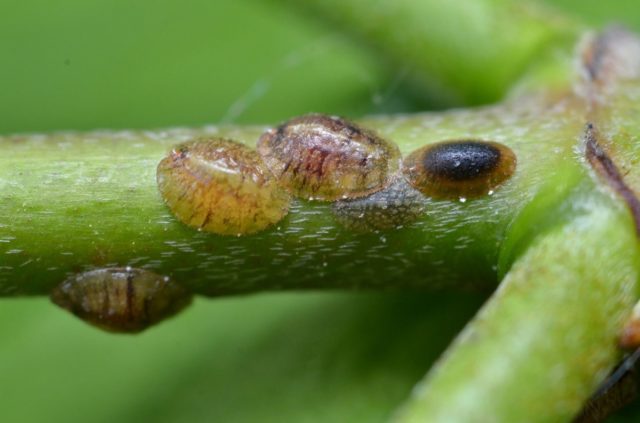

Picking and pinching pomegranate seedlings
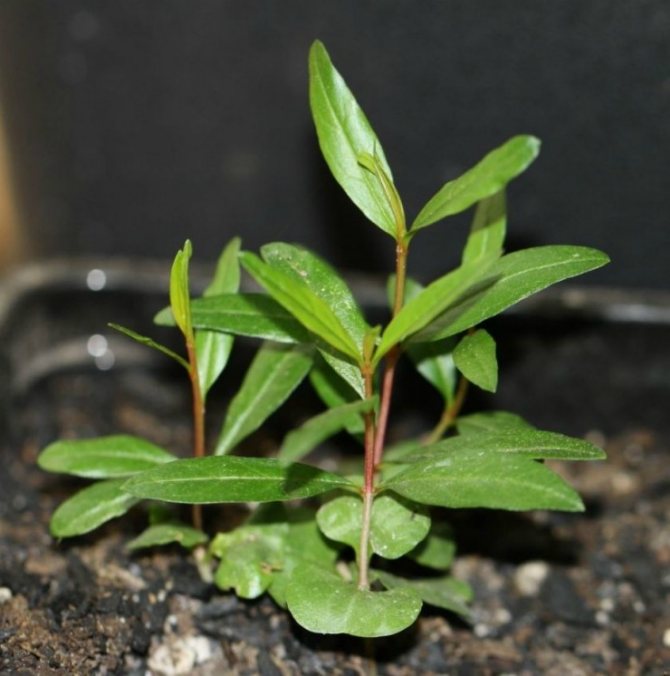
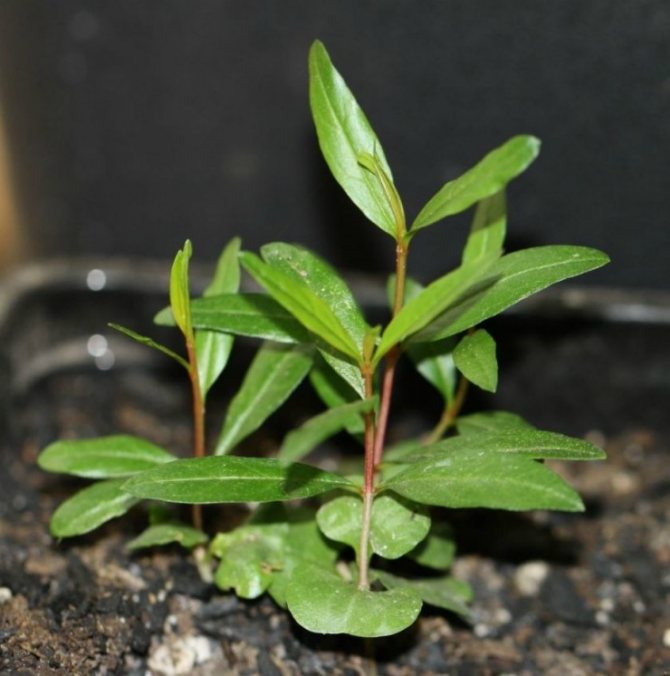
Small pomegranates need a temperature of + 18 … 25 degrees and 10-12 hours of abundant lighting a day.
If you sowed at the end of autumn, the plants will need additional lighting with special phytolamps. At least they are turned on daily for 2 hours in the morning and 2 hours in the evening. But in winter it is better to light up pomegranates constantly, 12-14 hours a day.
Moderately humid air works well for pomegranates. In winter, bowls of water are placed near the plates with plants, a humidifier is turned on in the room, or the greens are periodically sprayed with water from a spray bottle.
Watering is done as needed, when the soil dries up at a depth of 2-3 centimeters.
When 2-3 pairs of true leaves appear on the plants, they dive into separate containers. The requirements for the substrate are the same as for planting pomegranate seeds.
What kind of pot is needed for a pomegranate?
At first, a small plastic or clay pot (cup) with a volume of 100-200 milliliters is enough for seedlings. Always with drain holes!
In slightly cramped containers, pomegranates develop better and surprise the owner with frequent and abundant flowering.
When picking, the central root of the seedlings is pinched by 1/3 of the length. After that, the roots become thicker and grow better.
For the first 5-7 days, pomegranate trees are kept in diffused light, then transferred to their old place.
In winter, hot batteries dry up the air in the apartment – sometimes the humidity indicator drops below 20%! This is harmful not only for young pomegranates, but also for humans. To create a pleasant atmosphere in the room, I recommend using a humidifier. It will immediately become easier for you to breathe, and your favorite aromatic oils will give you a pleasant relaxation.
I met the advice that the pinching of the top of the pomegranate should be done after laying three pairs of real leaves. But it seems to me that it is better not to rush into this matter and give the plants the opportunity to get stronger.
I recommend removing the tops from the plants no earlier than a month after the pick. The technique spurs the appearance of new branches and the plants acquire a beautiful rounded shape.
And it also depends on the height of the pinching what your pomegranate will look like more – like a miniature tree or a lush bush.
If you do not want to engage in picking seedlings, cut off all plants, except for the three central ones. Weave them neatly and not tightly together. Watch a short video how simple and easy it is:

